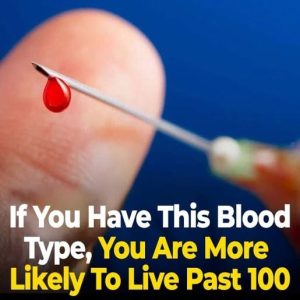It began as an ordinary birth announcement: a young couple sharing the news of their baby’s arrival. But shock rippled online — the parents were white, yet the baby looked unmistakably Black. “Everyone paused. Questions flocked.”
Whispers of scandal and betrayal spread. Was there a mistake? The truth was heartbreaking. An IVF clinic admitted an embryo swap: “The young mother was implanted with someone else’s embryo.” The child didn’t match either parent genetically.
For the parents, it was a nightmare of trust and identity. “Could DNA truly define our bond?” Some argued a parent is “who holds your hand — not who shares your genes.” Yet the world judged swiftly, demanding paternity tests and spreading rumors.
Over time, the story became about more than error — it reflected society’s assumptions. People believe “children must look like their parents, that skin color is destiny, that deviation triggers scandal.” The family faced judgment but refused to break.
In quieter moments, they found strength. They educated themselves and others about “the fallibility of labs, the mysteries of genetics, and the power of love beyond appearance.” Speaking publicly, they aimed not to vindicate, but to heal. Their story doesn’t end neatly — and perhaps that’s the point.





